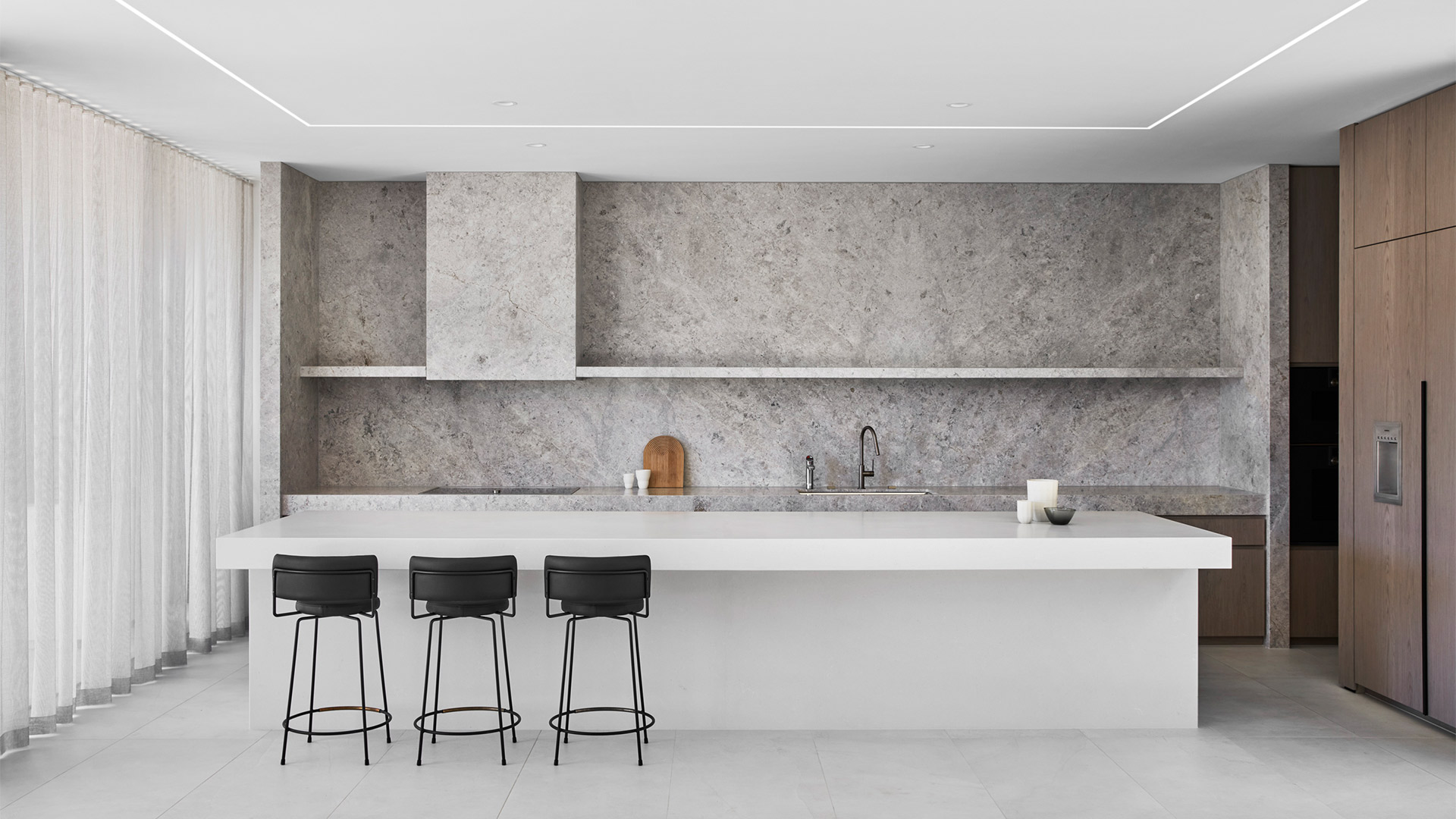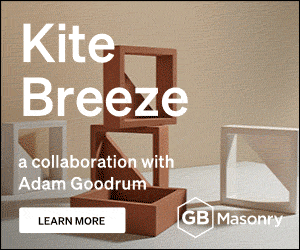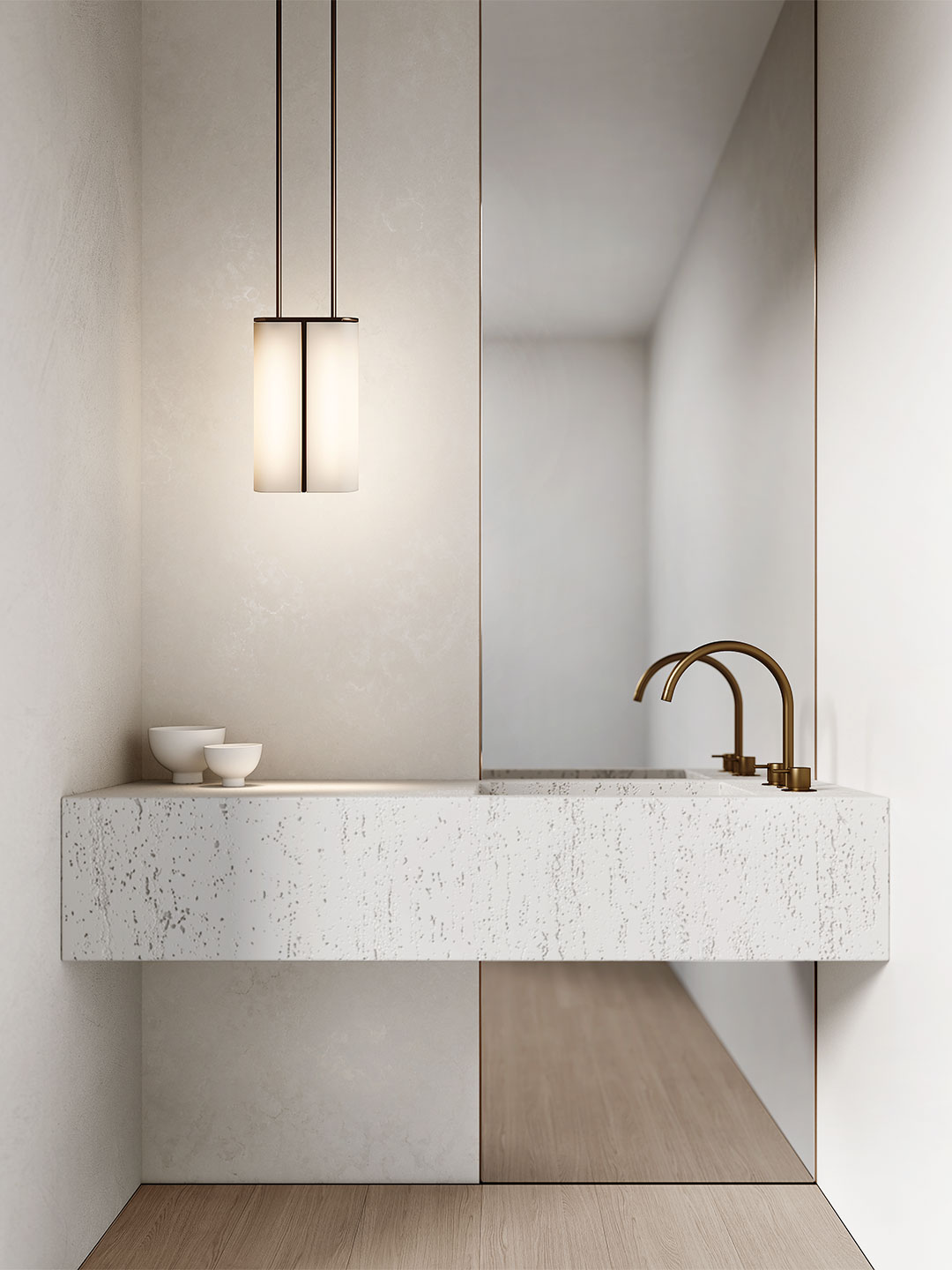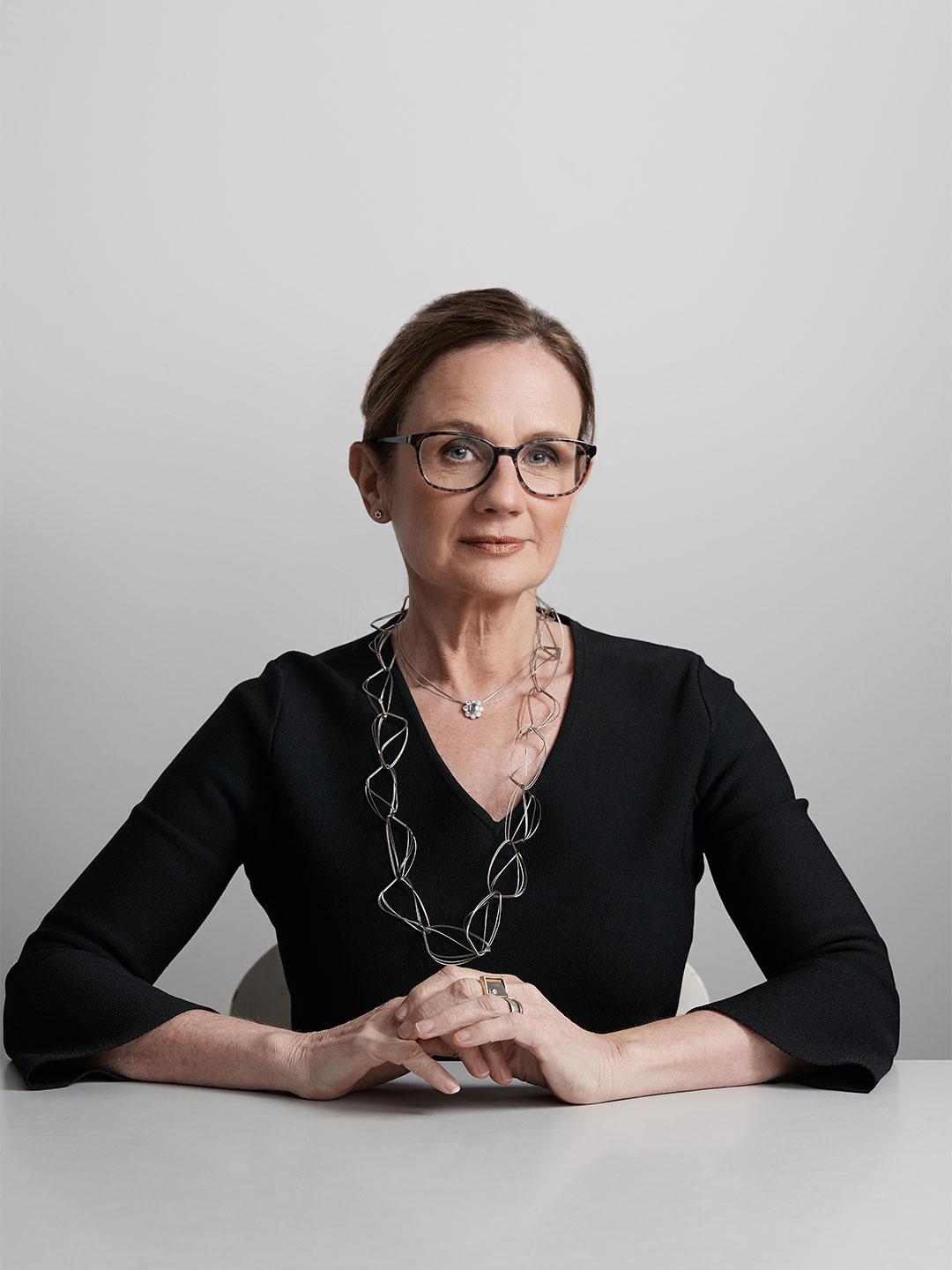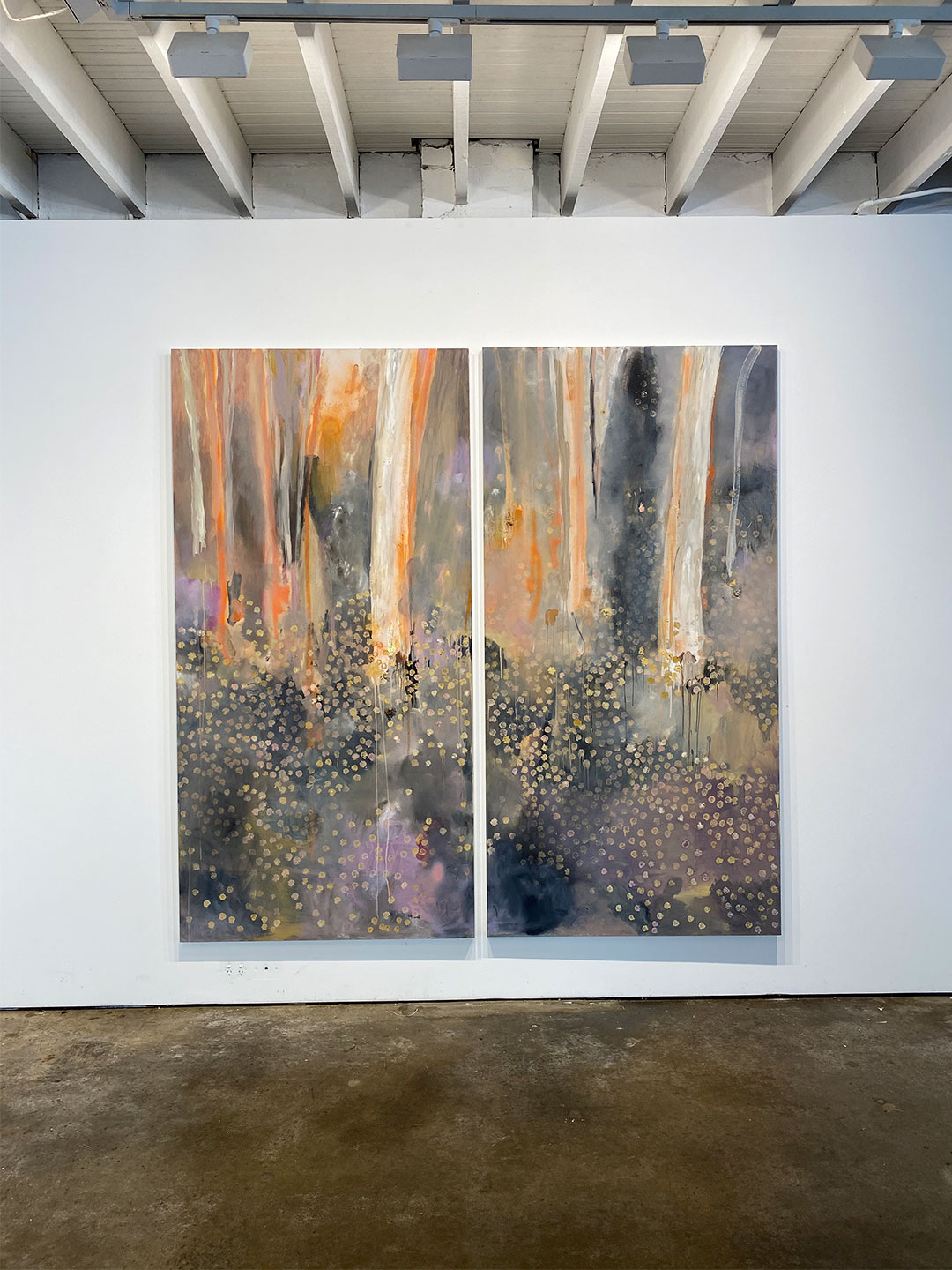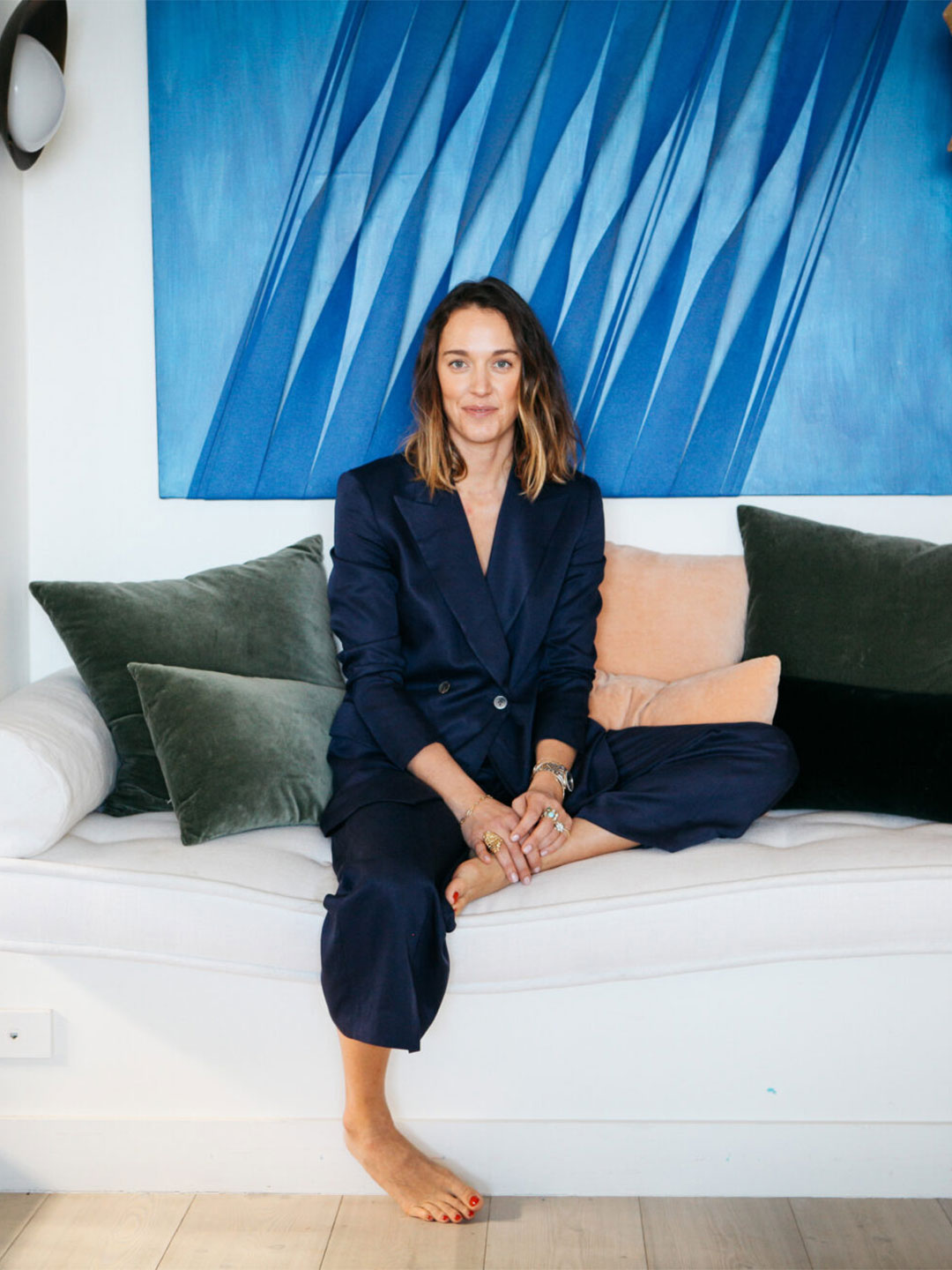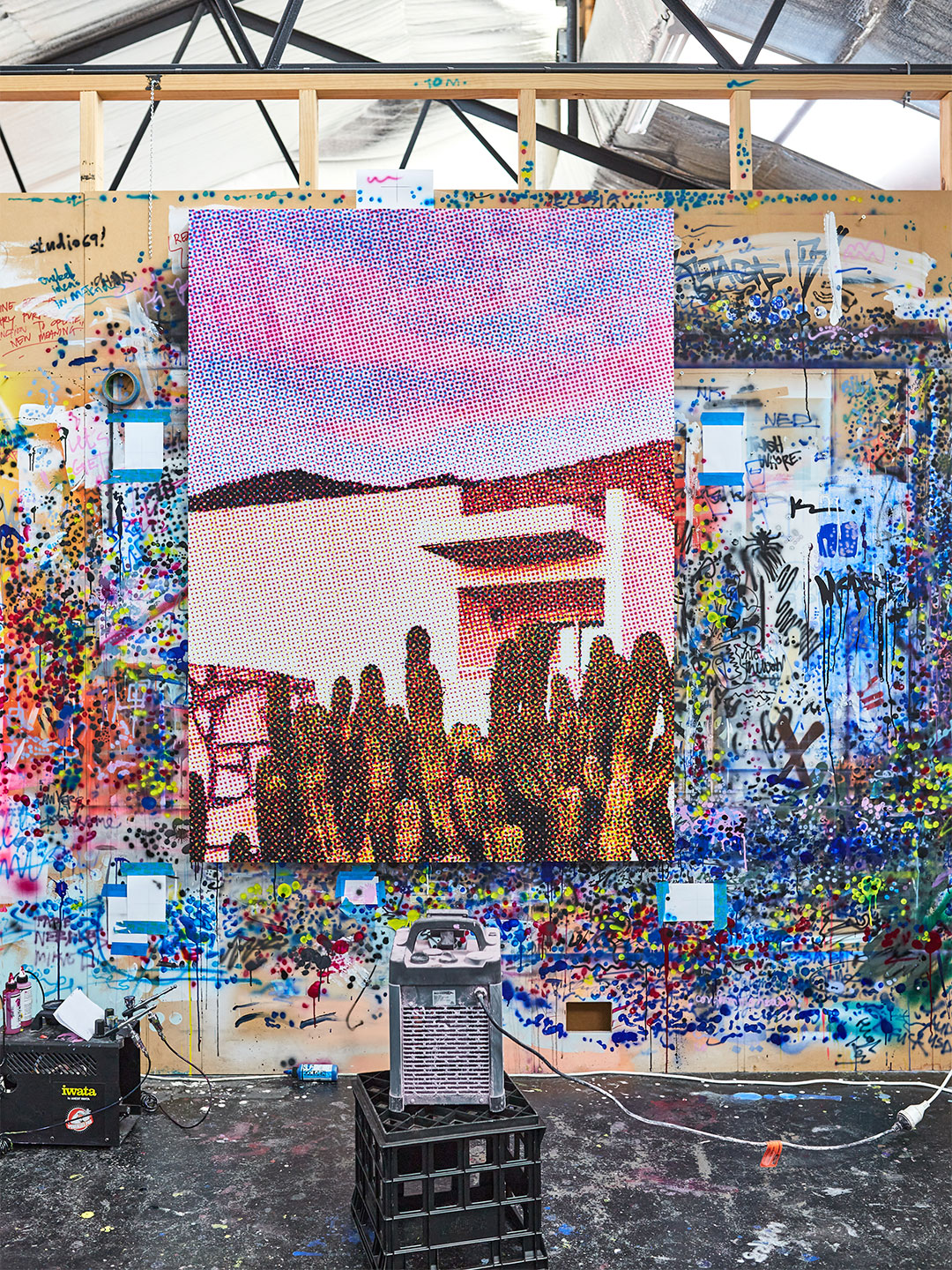Quite the man of many talents, DKO’s interior design director Michael Drescher finds it unsurprisingly tricky to contain his zest for design. “I always say I can’t keep my hands off,” he jokes. Leading the interior design teams in all six of DKO’s international studios (in Australia, New Zealand and Vietnam) means those hands are stretched far and wide. Including in the direction of the soon-to-open Melbourne Marriott Hotel Docklands in Victoria, Australia.
As seen at Docklands, and at many of the projects under Michael’s direction, the innately creative soul finds himself immersed in all parts of the design process. From the architecture and landscaping right through to the interior spatial planning and design, the material palette, artwork curation, signage, furniture and accessories – even the uniforms and bed linen. “I love a holistic approach to design and to keep pushing every moment until a building is finished and occupied, and even following this,” he says. “My passion is real and I can’t escape it.”
In this five-or-so-minute conversation with Michael Drescher, the Noosa-native tells Daily Architecture News about the stint of work experience that kickstarted his career, how his 10-plus-year tenure with DKO continues to balance his love for architecture and aviation (Michael’s other dream career was to become a pilot) and the little thing he does in Ubers that instantly gives away his profession.
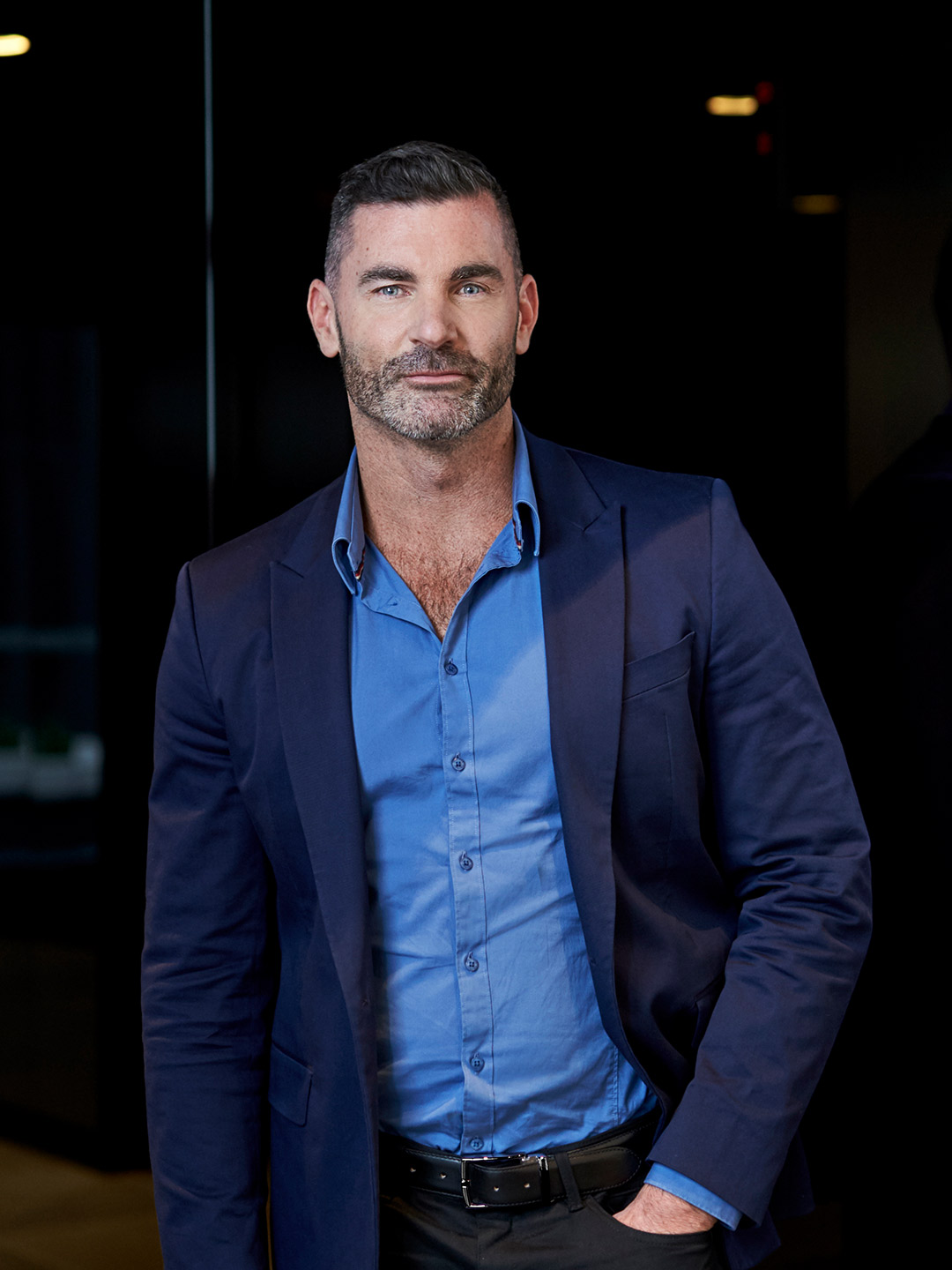
What inspired you to pursue a career in architecture?
Michael Drescher: I was born and raised in Noosa, Queensland. My mother worked in real estate and my father worked in construction. I had the opportunity of being surrounded by property from a very young age, from the hinterland right through to the beachfront.
My father also built our family home. For its time it was quite unique, in plan form it looked like a bird with its wings spread. As I grew older, I learnt to appreciate the design was all about cross ventilation and shading. Still to this day my family don’t have air-conditioning when most of their neighbours do.
I also had the great privilege of being shown around houses during their construction and meeting the architects. My most memorable in Noosa was the Ogilvie house by [the late Australian architect] Kerry Hill.
How did you get your start in the industry?
MD: Not only did my parents work in the industry but my aunty worked in an architectural practice doing their accounts. I started doing work experience literally in the print room where large print runs were all hand-scanned and printed. From there, I worked my way onto the design floor and under the direction of some architects.
Working on local and some international hotel projects, I was exposed to very skilled hand drawing techniques and drafting. These are skills I still use everyday and have pride in teaching them to younger graduates now.
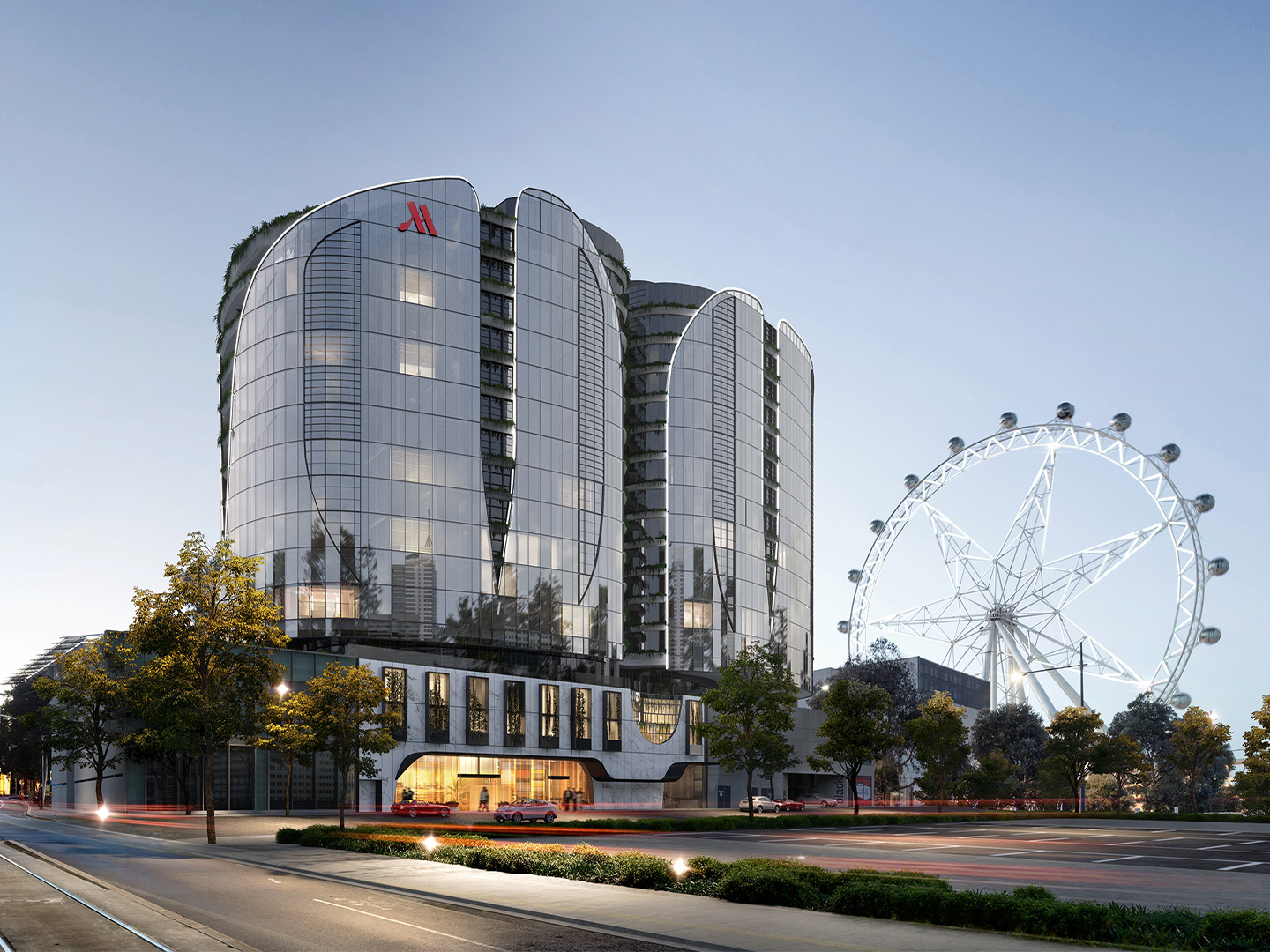
How would you describe the design ethos of DKO?
MD: At DKO we design for place and people. We really look to understand the community we are designing for and to make sure what we design and build will contextually fit into the neighbourhood.
As we design across a lot of disciplines, we also love to challenge design thinking. What can we take from our residential work and apply to a hotel, for example, and vice versa.
What this means is the design of our buildings is evolving. Every year our world is continually tested by environmental changes and human changes. We need to keep adapting to this, to learn from the past and apply to the future.
Being locked away in the sky really relaxes my mind and brings out my sketching and ideas.
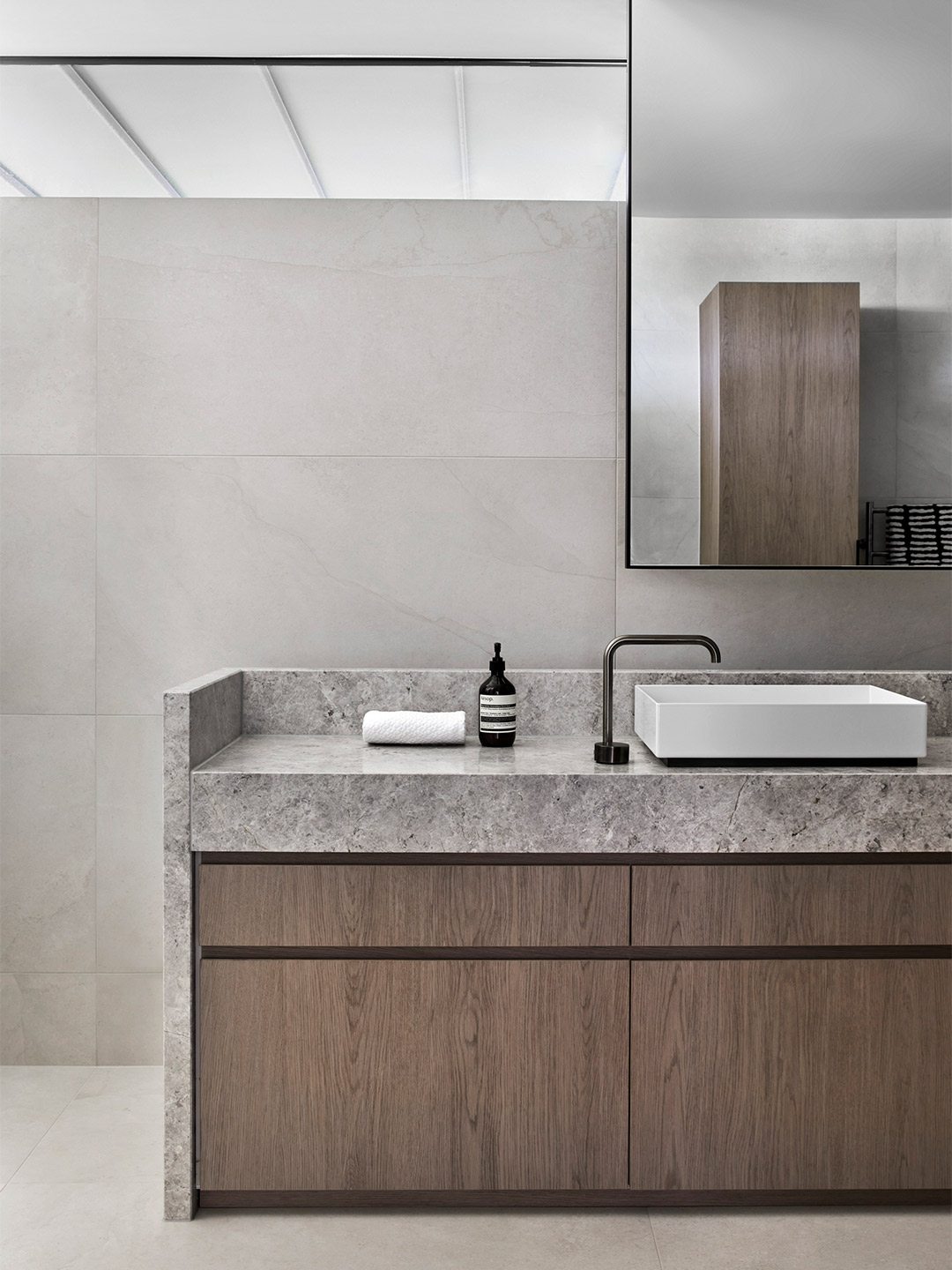
What is a current or an ongoing source of creative inspiration for you?
MD: I love to travel. At DKO we have studios right across Australia and also in New Zealand and Vietnam. When I travel between the studios, my favourite thing to do is watch people and how they interact with their environment and how they live and play. I then look to the architecture and design past and present to understand how and why. I love how different environments promote a different response, and how a design solution in one place won’t work in another.
Usually when I’m in a taxi or Uber the driver can guess what I do as my head is constantly out the window looking left, right, up and down. It’s great as then I also get some history of the area we are driving through which helps me with ‘the why’.
Then relaxing at the airport (with more people watching) and then again on the flight home, the thoughts come together. Being locked away in the sky really relaxes my mind and brings out my sketching and ideas. I am constantly waking people up on flights with the sound of my yellowtrace [paper] ripping.
Has Covid-19 impacted the way you do business or approach design?
MD: Having studios across Australia, New Zealand and Vietnam, our offices have collaborated remotely for many years. So when Covid-19 locked us down, it did have its immediate challenges but wasn’t an unknown way of working. What we did find was that the longer the lockdowns lasted the more we missed all gathering around a table and designing together – sharing yellowtrace, touching materials and creating a story.
As it’s been a while since seeing our staff in Perth, the last few days [visiting the Perth studio] have been invaluable to spend together. Not only from a design perspective but from a personal point. When we design together we really connect with each other. So having those strong connections creates a strong design journey in my eyes.
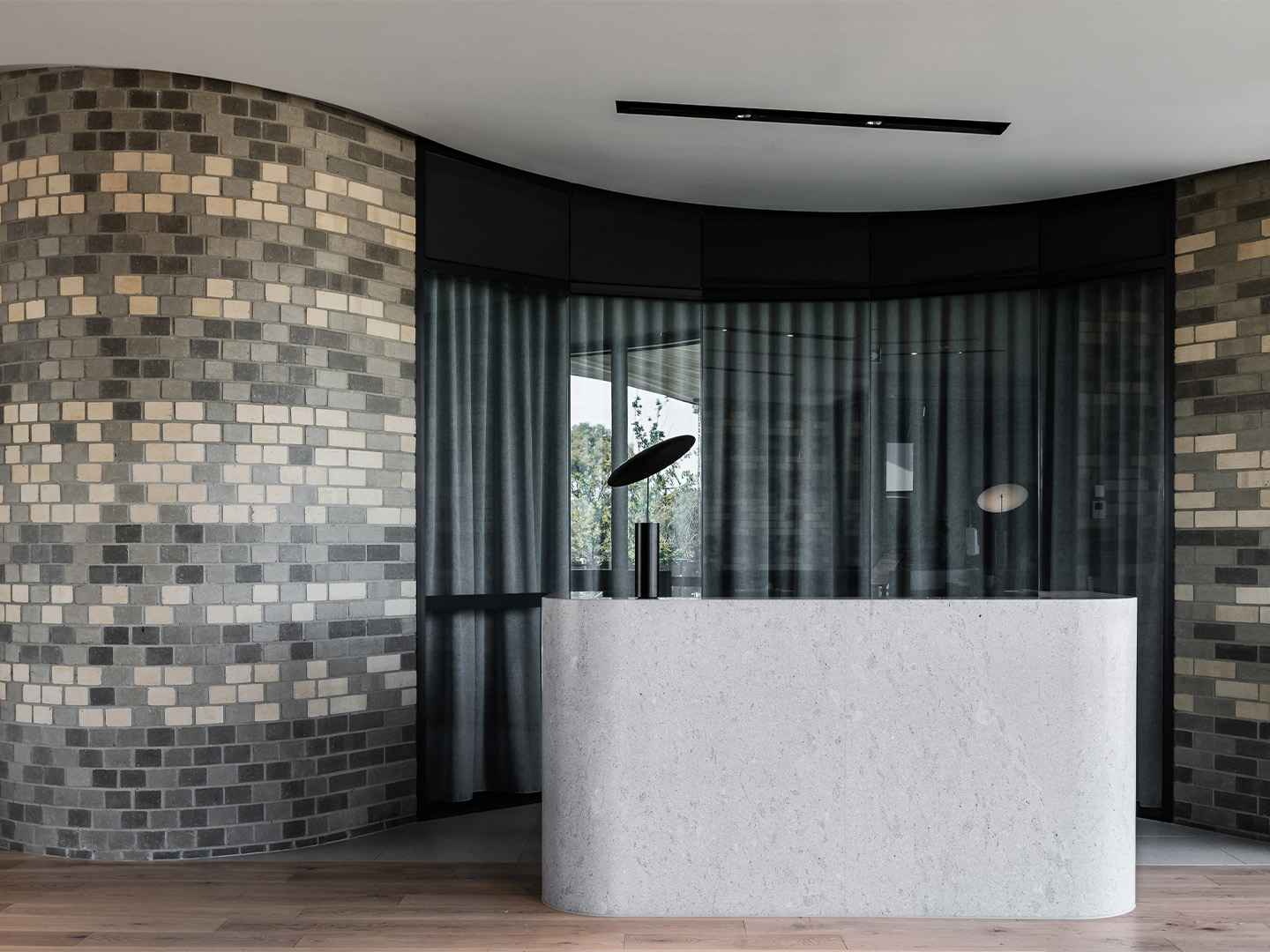
Career highlight so far?
MD: I have been so fortunate in the last few years to work on some amazing hotels. As mentioned earlier, that travel bug of mine means I have travelled through Australia and through many parts of the world. I love staying in different hotels and types of accommodation.
Our Melbourne Marriott Hotel Docklands is opening soon and it was a great chance to work with an international brand and help to localise it for the Melbourne market. I absolutely love how hotels are now looking to their site and context to influence how the architecture and interiors should be. This is especially true for the Melbourne Marriott Hotel Docklands project with touch-points through both the interior and exterior that are truly Melbourne.
The exterior, for example, resembles the shape of a sail from one of the boats in the [nearby] harbour. We also maximised the view with an infinity pool that overlooks the city – it’s quite exciting.
I’m really looking forward to the day it opens as there is nothing I love more than to sit in a hotel bar and people watch. Seeing how they interact with an interior space that I’ve created is quite an emotional experience.
What project are you most looking forward to in the future?
MD: We have a very unique hotel project that we have just started working on in quite a remote part of Victoria. Everything about designing this hotel is connection to the land and its place and its extreme environment. As the property is large it has taken us almost a year to find the perfect location for the built form.
Now we are designing around [potential] bush fires, view lines, strong winter breezes, moon rises, kangaroos: the layering is already so interesting. Then there’s the layering of visitors we need to apply whilst being sympathetic to the land as well.
Sky’s the limit: what’s the dream project for you?
MD: This is a tough question. I absolutely love hotel design. I love travel. I love watching tourists. I love aviation. I love working with brands and pushing some different thinking.
If I could design everything from the airport, to the airline lounge, to the aircraft interior, to the hotel – I would be one very content designer.
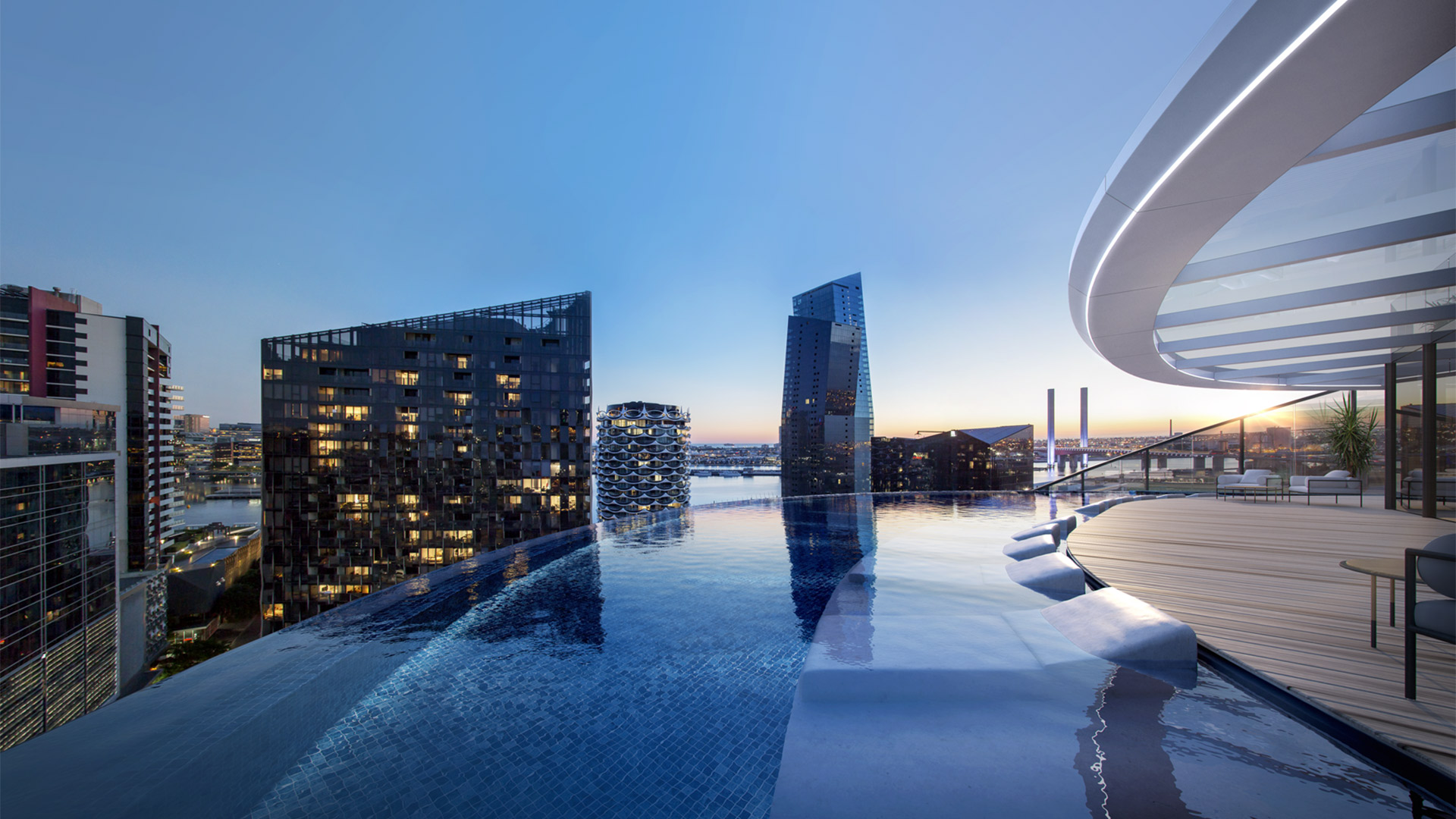
And finally, what’s something we probably don’t know about Michael Drescher?
MD: In my early years, I had two very clear passions for a career: architecture and interior design, or being a pilot. There was never going to be another choice. Whilst at high school I had the opportunity to work in an architectural practice and I also had the opportunity to learn to fly at Sunshine Coast Airport.
I can’t remember the day I chose architecture and interior design but I definitely chose a path where every day I wake up and love what I do. It’s a job which you can’t turn off and some of my best work is when I’m doing something completely random.
I am very lucky, too, that my work allows me to travel and that love of aviation is part of my life journey still.
Catch up on more inspiring interviews and the latest in design news at Daily Architecture News. Subscribe to the newsletter today!
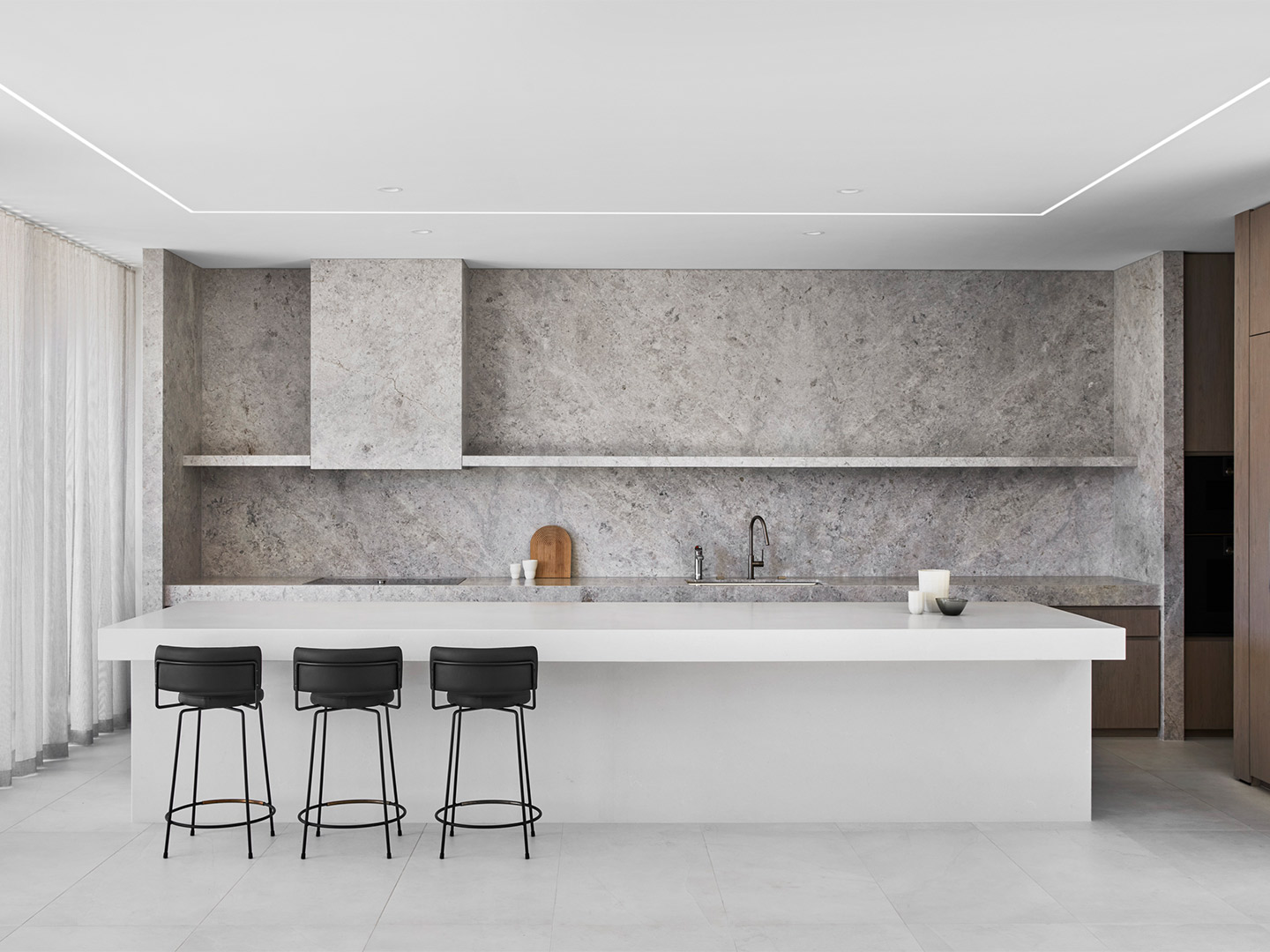
I can’t remember the day I chose architecture and interior design but I definitely chose a path where every day I wake up and love what I do.
